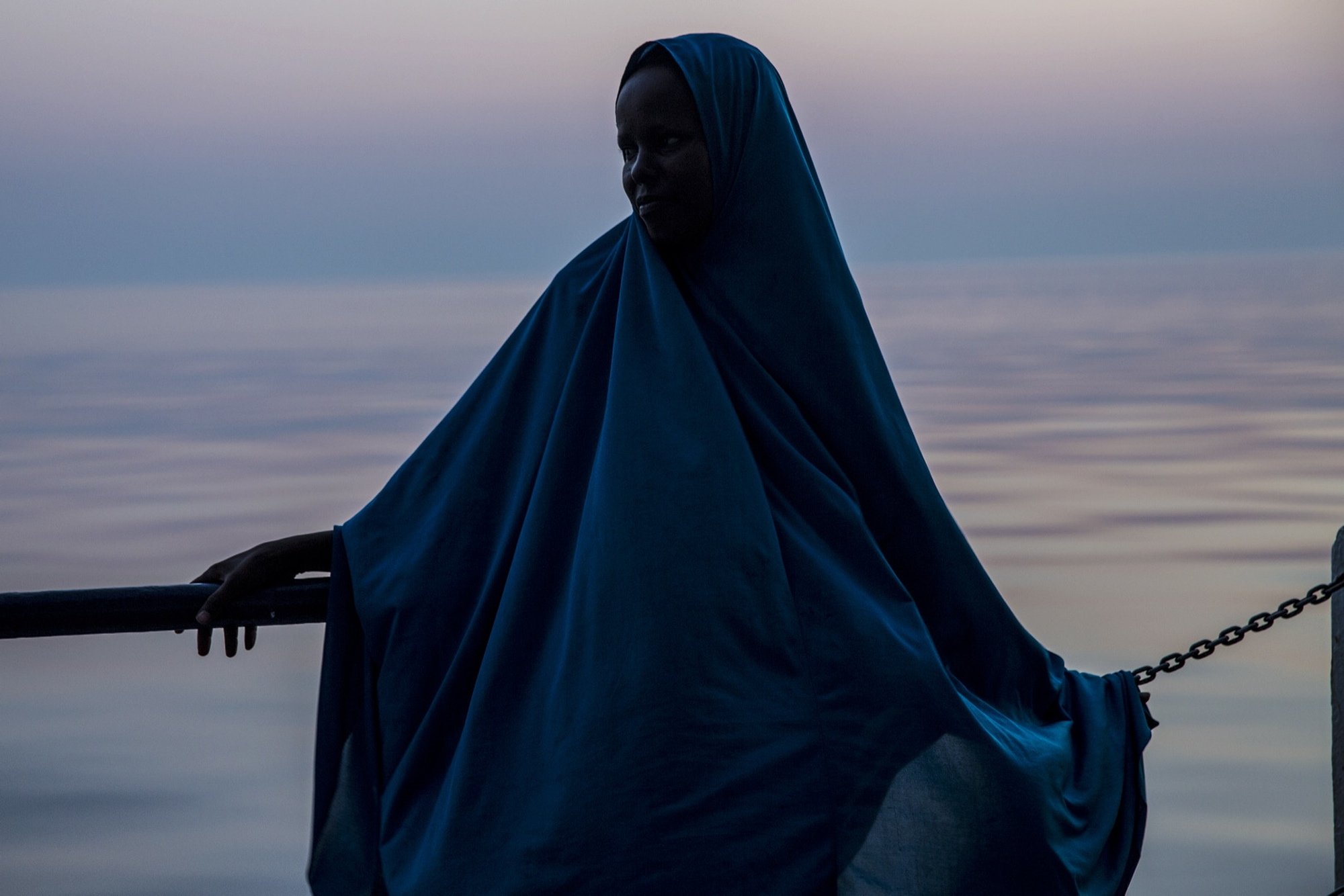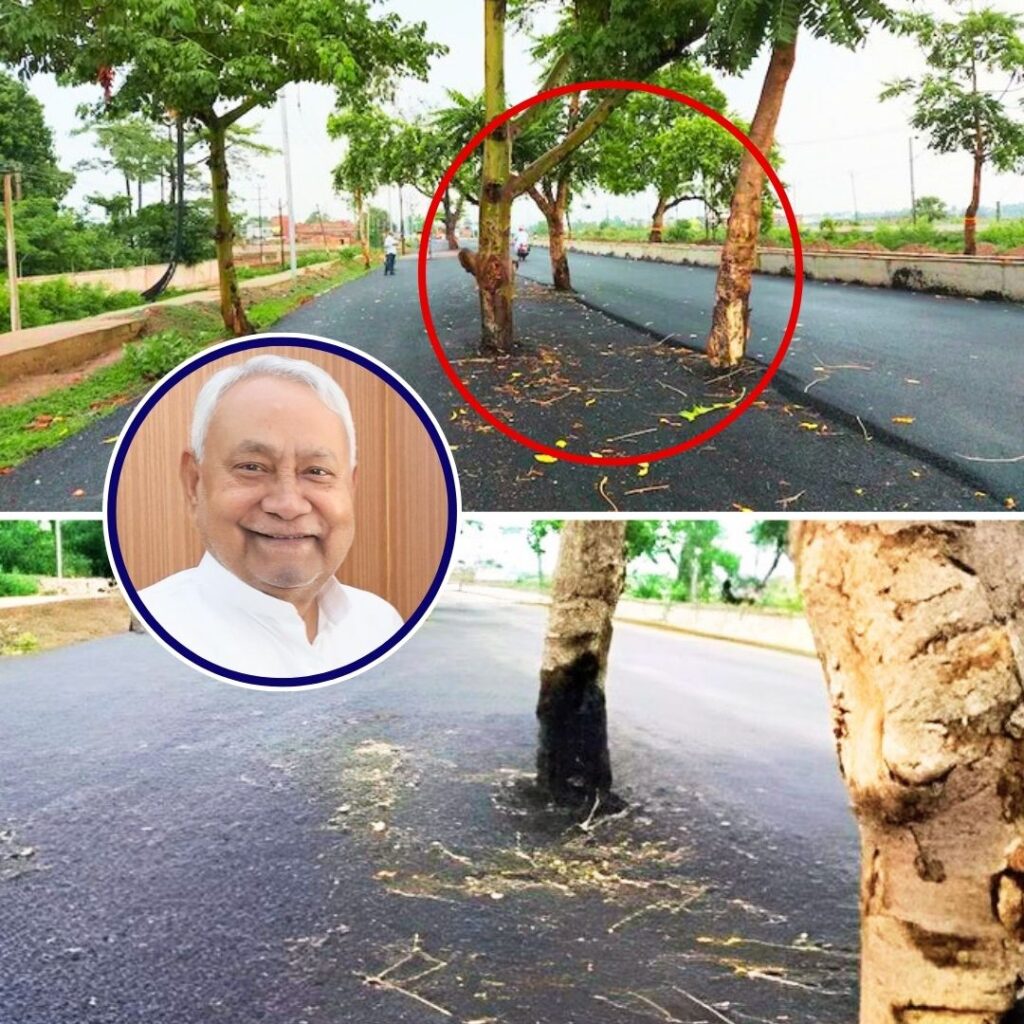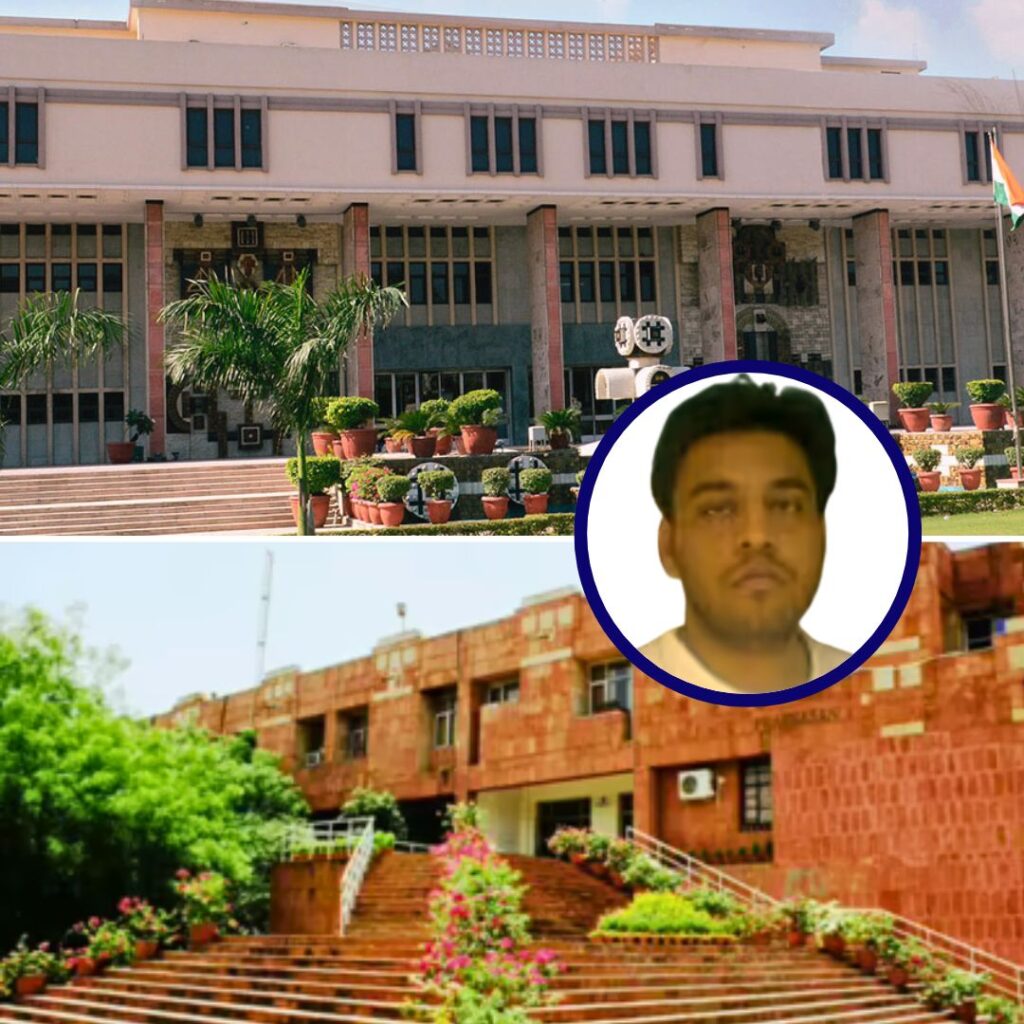A Year Of Living Dangerously
The following photographs represent a small selection of our most powerful images of 2015. They crossed our desks, held our gaze and moved us during a particularly traumatic year.
Photographers, both staff and commissioned freelancers, accompanied our medical teams as they responded to death and destruction on an unprecedented scale in Syria, natural disasters in Nepal and Malawi, to the refugee crisis in Europe, the end of Ebola in West Africa, and to provide care for civilians caught up in Yemen’s war, amongst many other emergencies.
These events shook the international community and MSF itself as a brutal new trend of war emerged with increasing attacks on hospitals, seemingly normalising a blatant disregard for international humanitarian law.
The photographs here testify to these and many other instances where MSF teams provided medical humanitarian assistance. Delivering care where it is needed most is our motivation, bearing witness to human suffering through photography and the written word is also our duty. I hope you agree that our photographers have done an outstanding job, for MSF and for their subjects.
The Pictures
01. ABOARD THE DIGNITY I, MEDITERRANEAN SEA, JULY 2015, © ANNA SURINYACH/MSF
Fifteen-year-old Fathema fled Mogadishu, Somalia, seven months ago without telling her family and travelled alone to reach Europe. She was rescued by MSF teams operating from the Dignity I search and rescue ship after she had embarked on the perilous crossing of the Mediterranean from Libya in an unfit and overcrowded wooden boat.

02. MSF HOSPITAL IN LANKIEN, SOUTH SUDAN, NOVEMBER 2015, © DOMINIC NAHR
Peter, 50, sits on a hospital bed after having his wounds seen to and bandaged at the MSF hospital in Lankien. He was shot in the head while trying to escape an attack on his village near Leer 25 days ago. Peter was finally med-evacuated to an MSF hospital. When talking about the experience he says: ‘They just came and attacked our village. I just ran away and hid myself in the swamp. Some people who ran with me were wounded. Some were killed.’

03. MSF HOSPITAL, LANKIEN, SOUTH SUDAN, JANUARY 2015, © KAREL PRINSLOO
The conflict that erupted in South Sudan has left people more vulnerable to a deadly tropical disease known as kala azar (visceral leishmaniasis). The risk of infection increases as people are displaced by fighting into areas where the disease is prevalent and malnutrition lowers their ability to fight the infection. With many health facilities not functioning in conflict areas, getting treatment is more difficult.
04. MSF HOSPITAL, LANKIEN, SOUTH SUDAN, JANUARY 2015, © KAREL PRINSLOO
Kala azar sufferer Ruai Puot Malow, 56, is assisted by his wife Yakuony Jock Deng (right) and a relative at an MSF hospital in Lankien, South Sudan, 13 January 2015. Ruai was brought to the hospital by relatives who carried him for five hours through the bush to the MSF hospital after he suffered yet another outbreak of the disease.
05. DONETSK REGION, UKRAINE, JANUARY 2015, © MANU BRABO
Galina, 86, looks at the hole where a shell hit her block and destroyed her apartment in the Kievsky district of Donetsk in eastern Ukraine.
06. TB TREATMENT IN DONETSK, UKRAINE, JANUARY 2015, © MANU BRABO
A patient infected with TB is treated by a member of MSF staff in a prison in Donetsk, Ukraine. MSF has been running a drug-resistant TB (DR-TB) treatment programme within the penitentiary system in Donetsk since 2011
07. GOROZISHE, LUHANSK, EASTERN UKRAINE, APRIL 2015, © JON LEVY
Dr Moshin Mehraj checks the pulse of an elderly patient at the MSF mobile clinic in the village of Gorodishe, near Luhansk. Those who have remained in Luhansk are often the most vulnerable members of the community – the elderly, disabled, and sick – who did not have the means to flee the conflict. As well as running mobile clinics in health centres in rural areas, the MSF team also supports social facilities, including hospices for the elderly, disabled, orphaned, and people with psychiatric disorders, by providing consultations, medicines and hygiene materials.
08. NYARUGUSU REFUGEE CAMP, TANZANIA, JULY 2015, © LOUISE ANNAUD/MSF
Refugees fleeing violence in Burundi arrive at Nyarugusu camp in Tanzania by bus from Kigoma. Some people have been on the road for more than a week, walking many miles.
09. NYARUGUSU REFUGEE CAMP, TANZANIA, OCTOBER 2015, © LUCA SOLA
Five months after the first influx of refugees fleeing political unrest in Burundi arrived in Tanzania, there are now more than 100,000 thousand Burundians living in overcrowded conditions in two camps – Nyarugusu and Nduta.
10. MALARIA OUTBREAK, NORTHERN BAHR EL GHAZAL STATE, SOUTH SUDAN, OCTOBER 2015, © DIANA ZEYNEB ALHINDAWI
Thirty-two-year-old Arek Nuoi, a mother of four in urgent need of treatment for malaria, is carried to the Panthou government healthcare centre in northern Bahr el Ghazal, the principal hospital in the main town of Aweil, where MSF runs the facility in partnership with the Ministry of Health.
11. CHICHIRI PRISON, BLANTYRE, MALAWI, MAY 2015, © LUCA SOLA
Prisoners wait for authorisation at 6am to leave their overcrowded cell in Chichiri prison after spending 14 hours locked up in the overcrowded conditions. Chichiri Prison was built to house 800 prisoners instead of the 2000 currently detained there. According to medical statistics, this specific cell, number 5, is one of the most overcrowded, and has the highest number of viral transmissions (Tuberculosis, Hepatitis, Malaria, HIV) as well as the highest percentage of other diseases related to the unhygienic conditions (scabies and other infections).
12. EMERGENCY EARTHQUAKE RESPONSE, GORKHA DISTRICT, NEPAL, MAY 2015, © BRIAN SOKOL
On 25 April a magnitude 7.8 earthquake killed more than 8,000 people and destroyed many homes and buildings across the country, including numerous temples that were on the list of UNESCO World Heritage Sites. In April and July, MSF conducted over 2,500 health consultations and provided psychological support to over 7,000 people, mostly via helicopter.
13. EARTHQUAKE HITS KATHMANDU, NEPAL, APRIL 2015, © JEAN PAUL DELAIN/MSF
Thousands are confirmed dead after the catastrophic earthquake struck Nepal earlier this year, with many more injured and homeless. MSF equipment and medical teams arrived in the country, and more were on their way. Kathmandu experienced relatively little destruction, with the vast majority of buildings still standing. However, many people choose to sleep outside in tents and makeshift shelters as they are afraid of aftershocks.
14. MEDICAL EVACUATION IN WALAPA, DOLAKA DISTRICT, NEPAL, MAY 2015, © EMMA PEDLEY/MSF
A pregnant woman in labour is evacuated by MSF teams conducting medical clinics in the districts of Sindhupalchowk, Dhading, Rasuwa and Dolaka in Nepal.
15. DONKA HOSPITAL, CONAKRY, GUINEA, JANUARY 2015, © YANN LIEBESSART/MSF
A member of MSF staff dresses in protective clothing before entering the high risk zone in the Donka Ebola Management Treatment Centre, Conakry, Guinea.
16. SURVIVING EBOLA, MABEKOH, SIERRA LEONE, OCTOBER 2015, © TOMMY TRENCHARD
Ebola survivor Sorie Kamara photographed in his house during a MSF outreach mission the village of Mabekoh. Sorie, 25, used to farm rice and cassava before he caught Ebola but is now too weak. “I got Ebola in October last year. They took me to Bo and I was inside for 10 days. I felt so happy when I survived, but then three months later I stated to feel pain in my chest and my joints. I feel so weak I can’t go to the farm any more”. Passionate about football, Sorie says he can still play but it’s not like before. He’s not as fast now, and the friend he used to play with died during the outbreak.
17. BENTU‘S STORY, EBOLA SURVIVORS IN SIERRA LEONE, JANUARY 2015, © ANNA SURINYACH/MSF
Bentu Sandy, an Ebola survivor who now works with MSF in Bo, Sierra Leone, as a mental health counsellor, celebrates the release of Agustine. Agustine is a pharmacist who caught Ebola in the course of his work helping to fight the disease.
18. MONROVIA, LIBERIA, FEBRUARY 2015, © YANN LIEBESSART/MSF
An MSF doctor assists in the daily operastions in the James Davis Junior Memorial Hospital in Monrovia to upgrade their level of maternal and pediatric care, taking Ebola into account.
19. MSF HOSPITAL, KUNDUZ, AFGHANISTAN, MAY 2015, © ANDREW QUILTY
Qudus brought his four-year-old dauger Khal Bibi in to the MSF Trauma Centre after she fell through the roof of their home and injured her leg. MSF’s hospital is the only facility of its kind in the whole northeastern region of Afghanistan providing high level life- and limb-saving trauma care. MSF opened Kunduz Trauma Centre in August 2011 to provide high quality, free medical and surgical care to victims of trauma such as traffic accidents, as well as those with conflict-related injuries from bomb blasts or gunshots.
20. MSF HOSPITAL ATTACKED, KUNDUZ, AFGHANISTAN, OCTOBER 2015, ©MSF
MSF staff hide in fear and shock in one of the remaining parts of MSF‘s Kunduz Trauma Centre during a sustained aerial attack on the hospital 03 October 2015.
21. MSF HOSPITAL IN KUNDUZ ATTACKED , AFGHANISTAN, OCTOBER 2015, © ANDREW QUILTY
Burnt-out corridors, collapsed roofs, twisted metal and ash, is all that remains of many parts of the MSF Trauma Centre in Kunduz, northern Afghanistan, 15 October following the 03 October US airstrike on the facility which killed more than 40 MSF staff members and patients.
22. KUNDUZ HOSPITAL, AFGHANISTAN, 15 OCTOBER 2015, © VICTOR J BLUE

23. EMERGENCY ROOM, ADEN HOSPITAL, YEMEN, JULY 2015, © GUILLAUME BINET
MSF has been running an Emergency Surgical Hospital in Aden since the beginning of 2015. When the Houthis took control of some neighbourhoods and encircled the city in March, the northern part of the city where the hospital is located stayed under control of the Southern Resistance. Access to healthcare was extremely difficult because of airstrikes, shellings, road blockages and snipers.
24. SA‘ADA CITY HOSPITAL, YEMEN, JUNE 2015, © SEBASTIANO TOMADA
A father holds his wounded child at the MSF supported Ministry of Health hospital in Sa‘ada city. Saudi led coalition forces have been carrying out airstrikes on a daily basis in Sa‘ada, warning civilians to leave the province after declaring the entire territory a military target.
25. CIVILIANS CAUGHT IN AIRSTRIKES, QATABA, YEMEN, JULY 2015, © ALEX POTTER
A Yemeni man surveys the damage from an airstrike from the previous night in Qataba, Yemen. At least four missiles struck a cluster of houses outside Qataba, killing at least four people and injuring dozens, many of whom were brought to the MSF supported hospital in Qataba.
26. MSF LAUNCHES MEDITERRANEAN SEARCH AND RESCUE OPERATIONS, MAY 2015, © IKRAM N’GADI/MSF
The MY Phoenix, search, rescue and medical aid vessel jointly operated by MSF and Migrant Offshore Aid Station (MOAS), successfully completes its first sea rescue on 3 May 2015. During the rescue 369 refugees were brought on board including 66 women (eight pregnant) and 45 children (16 unaccompanied), the majority of whom were from Eritrea. In the hours following the rescue, MSF triaged all patients and had consultations with those with medical needs.
27. REFUGEES PICKED UP BY MSF’S BOURBON ARGOS, AUGUST 2015, © CHRISTOPHE STRAMBA-BADIALI
The Bourgon Argos search and rescue ship makes two rescues in the Mediterranean, one operation rescuing 111 people and the second rescuing 107. During the second operation, the Argos rescue team find five dead bodies – four women and one man – on board a rubber boat along with the 107 people. Other passengers on the boat reported that the five had not been ill when they embarked from Libya but had died during the 13 hour journey. The bodies were brought on to the Argos and an examination determined they had died of severe dehydration whilst adrift in the Mediterranean.
28. BOURBON ARGOS, MEDITERRANEAN SEA, AUGUST 2015, © FRANCESCO ZIZOLA
A child is lifted from a boat containing approximately 650 people during a rescue on 26 August, on the Mediterranean Sea by MSF teams aboard the Bourbon Argos vessel.
29. MSF’S PHOENIX SEARCH AND RESCUE SHIP RESPONDS TO CRISIS IN THE MEDITERRANEAN SEA, JULY 2015, © GABRIELE FRANSÇOIS CASINI/MSF
With 414 people on board following multiple rescues at sea, space on MSF‘s Phoenix ship becomes extremely limited and every available inch is used to allow people to rest and sleep. Despite appearing very crowded, many people say they slept comfortably for the first time in months.
30. MAKING LAND, KOS, GREECE JULY 2015, © ALESSANDRO PENSO
Seven men from Pakistan arrive on the Greek island of Kos after rowing an inflatable dinghy all night across the sea between Turkey and the Greek island in their quest to reach Europe.
31. FIRST STEPS IN EUROPE, KOS, GREECE, © ALESSANDRO PENSO
An Afghan family at the pier on the island of Kos. Earlier, they were waiting in vain outside the nearby police station to get the necessary papers that would allow them to leave the island. “I’ve come to Europe to give my children the best” says the father of the family. “I don’t know when I can get my papers.” For seven days, the family was staying in the disused Captain Elias hotel, which the Kos authorities direct migrants to stay in while they await the authorisation from the police to leave the island. However, they decided to move out because of the unhygienic conditions: “It’s dangerous for the children because there are a lot of insects. ‘“My children have insect bites all over their bodies. When I was sleeping there was an insect that crawled into my ear and it’s still there now.”
32. SLEEPING ROUGH IN KOS, GREECE, SEP[TEMBER 2015, © ALVA WHITE/MSF
Refugees sleep rough as dawn breaks over the port of Kos. The Eleftherios Venizelos car ferry looms over the sleeping bodies on the edge of the dock. The ferry is being used for refugee registration and to transport many thousands of Syrian refugees landing on the Greeks Islands, on to Athens and towards central Europe.
33. WALKING NORTH, IDOMENI, GREECE, JUNE 2015, © ALESSANDRO PENSO
A group of around 150 Syrian refugees set off to cross the Greek border with the Former Yugoslav Republic of Macedonia (FYROM), with the hope of being able to apply for refugee status in countries such as Germany or Sweden. The Greek border with the FYROM is increasingly under the control of people-smugglers, and is becoming less safe each day, so migrants try to cross the border in large groups so they can defend themselves.
34. THWARTED ON THE BORDER, SERBIA, OCTOBER 2015. © ANNA SURINYACH/MSF
Up to 3,000 refugees were stranded in the border between Serbia and Croatia on 19 October. Hundreds have spent the night on the Serbian transit area of Babska-Sid, with no shelter. Rain and low temperatures are affecting the health conditions of the refugees.
35. HARSH CONDITIONS FOR REFUGEES IN BEKAA VALLEY, LEBANON, JANUARY 2015, © GHAZAL SOTOUDEH/MSF
A child sorts through firewood amongst washing lines as freezing fog surrounds the Khoder Hawash makeshift settlement for refugees. Snow and hail fell heavily on 7 January in Lebanon’s Bekaa valley, where some 400,000 Syrian refugees are sheltering in a number of makeshift camps.
36. THE BOAT TO BARAKA, SOUTH KIVU, DEMOCRATIC REPUBLIC OF CONGO, MARCH 2015, © EDDY VAN WESSEL
In Kabanga village, MSF has trained community health workers to detect and cure malaria. Severe cases must be urgently referred by boat to the MSF-supported hospital in Baraka. A little reported malaria epidemic has been quietly claiming children’s lives in the South Kivu province of Democratic Republic of Congo. Although the disease is endemic to the country, this most recent outbreak has been particularly severe in both scale and severity. The MSF supported hospital in Baraka has struggled to cope with the endless stream of patients, often children under five-years-old who are referred in need of urgent care.
37. RUTSHURU HOSPITAL, DEMOCRATIC REPUBLIC OF CONGO, FEBRUARY 2015, © LEONORA BAUMANN
From November 2014 to January 2015, the General Hospital of Rutshuru in the province of North Kivu has treated hundreds of child victims of an unprecedented malaria peak. This is the largest malaria peak our Congolese staff have faced, both in terms of severity, but also the number of cases and duration of the peak.
38. MENINGITIS GRIPS NIAMEY, NIGER, MAY 2015, © SYLVAIN CHERKAOUI
A meningitis epidemic, which plagued several regions of Niger since January, resulted in 352 deaths out of the 5273 cases recorded by the health authorities (as of 8 May 2015). The capital, Niamey has been particularly badly hit by the epidemic with close to 1,200 admissions in the last week. MSF in collaboration with the Ministry of Health, is stepping up its efforts with almost 430 beds to provide free medical care for patients. Given the lack of vaccines available globally, the current priority is to focus on treating patients. As such, the medical teams are busy diagnosing and treating patients as soon as possible in order to reduce morbidity and mortality.
39. BOKORO HOSPITAL, CHAD, AUGUST 2015, © RICARDO GARCIA VILANOVA
Nine-month-old Abaya Adoum, weighing just 4 kg, is treated for severe acute malnutrition with severe respiratory tract infection. His mother died eight days before he was admitted to the intensive care ward, and his grandmother, Fatimé Brahim, is taking care of him. He was seen by the MSF ambulatory treatment team in the village of Moyto, and transferred to Bokoro because of the serious condition he was in.
40. MSF CLINIC, MELUT, SOUTH SUDAN, FEBRUARY 2015, © MATTHIAS STEINBACH
An MSF doctor consults with a patient in the main ward of the MSF clinic in Melut, South Sudan. Activities resumed in Melut, Upper Nile state, two weeks after renewed fighting had forced MSF to suspend medical activities and evacuate staff. The ongoing conflict and recurrent periods of shelling in Malakal and Melut are still making it difficult both for MSF teams to access the population to provide medical assistance and for populations to access healthcare facilities.
41. DELIVERING MEDICINES TO BESIEGED NORTH HOMS, SYRIA, JANUARY 2015, © MSF
“Reaching north Homs with supplies is already very difficult, but the situation [here] is impossible. Geographically it is a valley, but we are surrounded by mountains and checkpoints – in reality it is more like an island with 90,000 people under an even more intense siege within the general siege on northern Homs. It’s been three years since this area has been reachable by cars on regular roads. Whether it is for food, medicine or fuel, we can only go through a muddy and difficult path accessible only by foot, donkey or with small boats across Lake Houleh. We only have one path for supplies, but we call it the ‘path of death’ because there are snipers; whatever reaches us is covered in the blood of the people who have risked their lives to get it here.” Dr Aziz.
42. CARE FOR BURN VICTIMS IN NORTHERN SYRIA, FEBRUARY 2015, © MSF
Besieged, bombed, attacked, displaced, the Syrian population is devastated by four years of war. Basic services, access to healthcare, water, electricity and food are no longer available.
43. CHLORINE ATTACK, IDLIB REGION, SYRIA, MARCH 2015, © MSF
A small child is treated for chlorine poisoning after a chemical attack in the area in March. Victims were brought to an MSF supported hospital in Saremin in the region of Idlib, Syria.

44. AYOTZINAPA, MEXICO, FEBRUARY 2015, © JUAN CARLOS TOMASI/MSF
A woman listens to MSF psychologists at the Escuela Normal Rural Raúl Isidro Burgos teacher training college in Ayotzinapa, where 43 missing students were studying. Tixtla municipality, Guerrero is one of the poorest states in Mexico and MSF has been providing psycho social support to the parents, families and classmates of the missing.
45. FEDERALLY ADMINISTERED TRIBAL AREA, PAKISTAN, FEBRUARY 2015, © SA‘ADIA KHAN
Rubbina, 10. and her father Mohammad Akhtar, 40, are from Mamozai in the FATA region of Pakistan. They walked for six hours to reach the hospital so that Rubbina could receive treatment for leishmaniasis.
46. JERICHO, PALESTINIAN TERRITORIES, FEBRUARY 2015, © ANNA SURINYACH/MSF
Mustafa is only 11-years-old but he has already been detained for interrogation. He lives in a makeshift shed with 21 other people from his extended family. He has seven siblings and his parents live in Jericho, a one hour drive away, with their sheep. He likes studying maths, Arabic and science, and would like to work with his father in a supermarket as well as looking after their sheep.
47. NEW APPROACHES TO TB TREATMENT IN KYRGYZSTAN, MAY 2015, © HELMUT WACHTER
Multidrug-resistant TB patient Aisara Goboeva sits in her home in the village of Kysyl Ordo, Kyrgyzstan. In Kara-Suu district, Osh province, where TB rates are among the highest in the country, MSF focuses on outpatient care to limit hospital admission time of patients. The programme aims to influence health policy and has succeeded in making a decentralized treatment approach to drug-resistant TB a key strategy for the Kyrgyz Ministry of Health.
48. MAKHANGA FLOODED AREA, MALAWI, FEBRUARY 2015, © LUCA SOLA
Kate Gannon, MSF nurse, leads a team evacuating 38-year-old Yanesi. At nine months pregnant Yanesi experienced complications prompting MSF staff on the ground to coordinate an emergency helicopter transport to the nearest hospital. Without urgent and immediate attention the lives of both mother and child were in jeopardy. Thanks to the rapidity of the response, after few hours Yanesi delivered her baby by cesarean section.
49. AFTER THE FLOODS, MAKHANGA, MALAWI, FEBRUARY 2015, © LUCA SOLA
Seven-year-old Alesi Phiri walks across a field in Malawi covered with a layer of dried mud after severe flooding affected the region. Eighty-five percent of the population in the area relies on agriculture for economic survival and the consequences of the floods will likely be felt for many months as crops have been destroyed.











